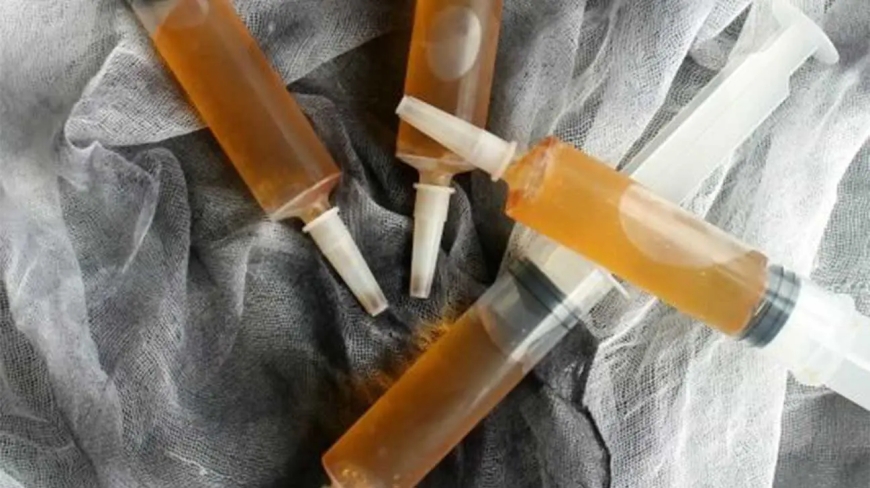Butt Chugging- NACADA Sounds Alarm On Controversial Alcohol Trend, Cites 8 Risks
Alcohol enemas refer to the act of introducing alcohol into the rectum and colon via the anus, i.e., as an enema.

The National Authority for the Campaign Against Alcohol and Drug Abuse (NACADA) on Friday, August 9 flagged the emergence of a dangerous trend involving alcohol enemas, also known as "butt chugging" or "boofing," which has recently gone viral in Kenya.
Alcohol enemas refer to the act of introducing alcohol into the rectum and colon via the anus, i.e., as an enema.
This method of alcohol consumption can be dangerous and even deadly because it leads to faster intoxication than drinking since the alcohol is absorbed directly into the bloodstream and bypasses the body's ability to reject the toxin by vomiting.
In a statement sent to Viral Tea, NACADA Chief Executive Officer, Dr Anthony Omerikwa expressed concern about the growing trend among Kenya's youth.

National Authority for the Campaign Against Alcohol and Drug Abuse CEO Anthony Omerikwa during the NACADA strategic plan launch 2023-2027 on June 19, 2024. /PHOTO
"The Authority's attention is drawn to a current media production that has since gone viral, showing alcohol enemas (also called butt chugging or boofing) allegedly adopted by the youth in Kenya. This trend, if indeed factual, poses enormous health concerns and calls for an urgent inquiry by relevant stakeholders," read the statement in part.
The authority added that in contrast to traditional methods of consumption that allow the body to metabolize and regulate the intake, alcohol enemas bypass these natural defences, leading to these risks below:
- Alcohol Poisoning: This can appear as confusion, vomiting, seizures, slow or irregular breathing, hypothermia or unconsciousness.
- Rectum or Colon Damage: The direct contact of alcohol with delicate tissues in the rectum could lead to severe health problems. It can also lead to ulcers and rectal bleeding
- Life-threatening Complications: With the heightened rate of absorption, alcoholic beverages may lead to sudden unconsciousness, respiratory failure, or death in users.
- Increased risk of infection: Including inflammation and tears in the mucosal lining and hepatitis
- Lack of control over dosage.
- Severe dehydration.
- Impaired judgment, leading to risky behaviour.
- Alcohol Dependence/Addiction: consumption of alcohol in this manner is more potent and a faster gateway to alcohol use disorder
"We strongly advise all individuals, more so the youth, to desist from such dangerous practices. NACADA maintains that alcohol enemas, as well as any other forms of alcohol and substance abuse, are life-threatening practices that should be avoided," Omerikwa added.
However, NACADA recognised the huge potential of social media as a communication medium that can be used to promote new emerging, unconventional, and harmful ways of substance use.
It therefore called on all stakeholders to positively engage with the youth to avoid the spread of adverse information and consequent adoption of harmful practices.
"The Authority reiterates its commitment to ensuring the health and well-being of all Kenyans by advocating for a sober and healthy country. To report or seek assistance on any alcohol or drug-related challenge please get in touch with us through our TOLL FREE Helpline 1192 available for 24 Hours," added the statement.
The term “butt chugging” became widely known in 2006 following its depiction by Steve-O in the film Jackass Number Two.
However, the practice itself has historical roots dating back thousands of years. Evidence suggests its use in ancient Mayan rituals and its prevalence during various historical periods, including colonial times, the Civil War era, Prohibition, and even during events like Woodstock.
Despite its long history and popularity, the dangers associated with butt-chugging have been increasingly recognized, leading to warnings against its practice and efforts to discourage its use due to the significant health risks involved.







